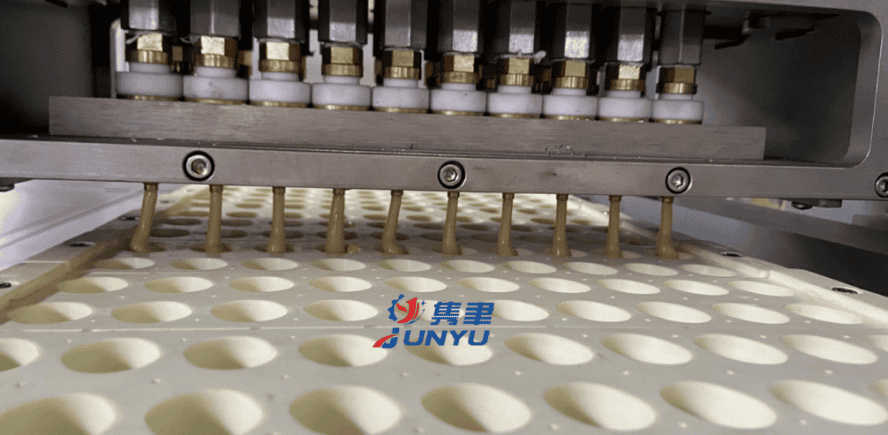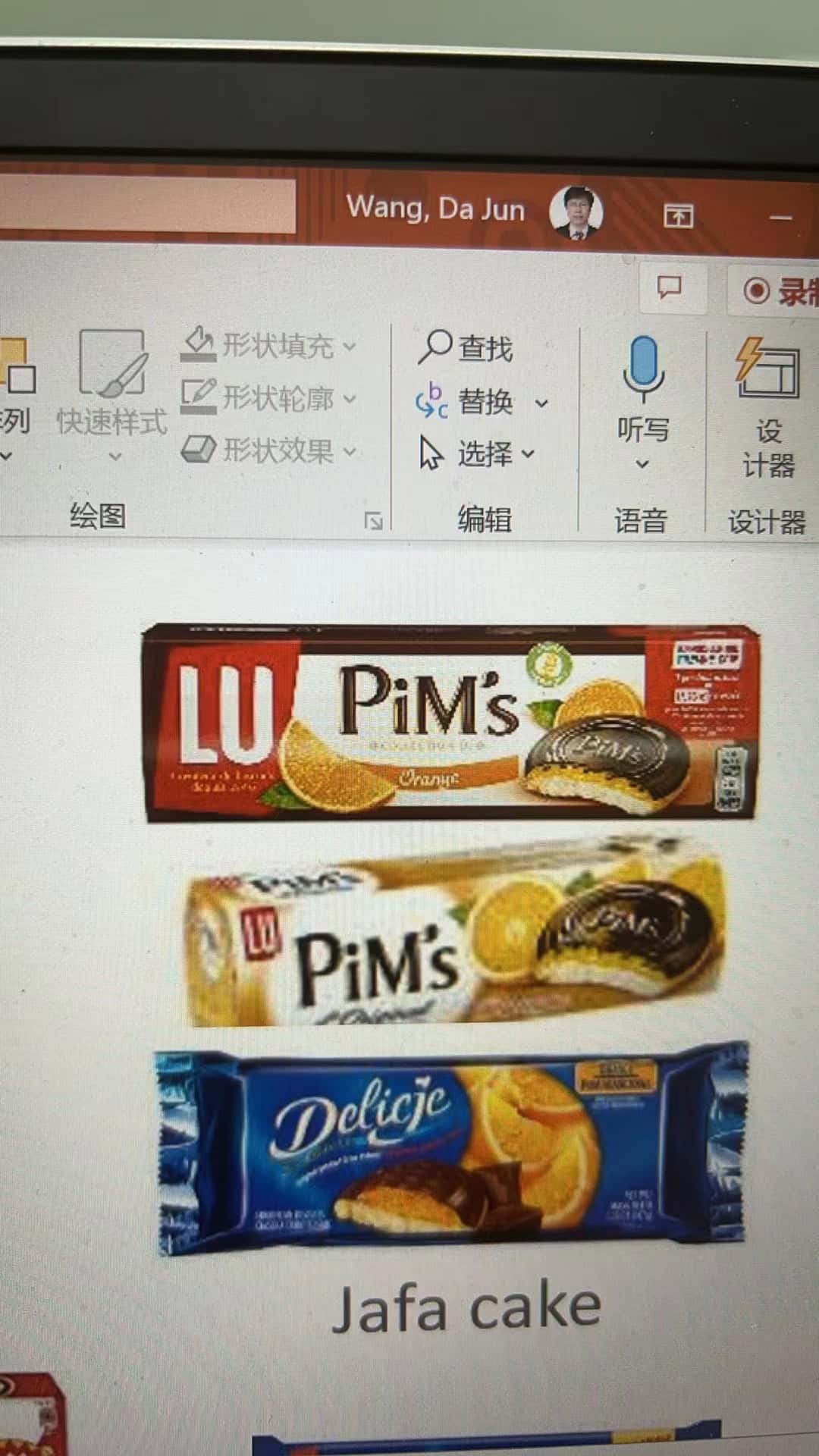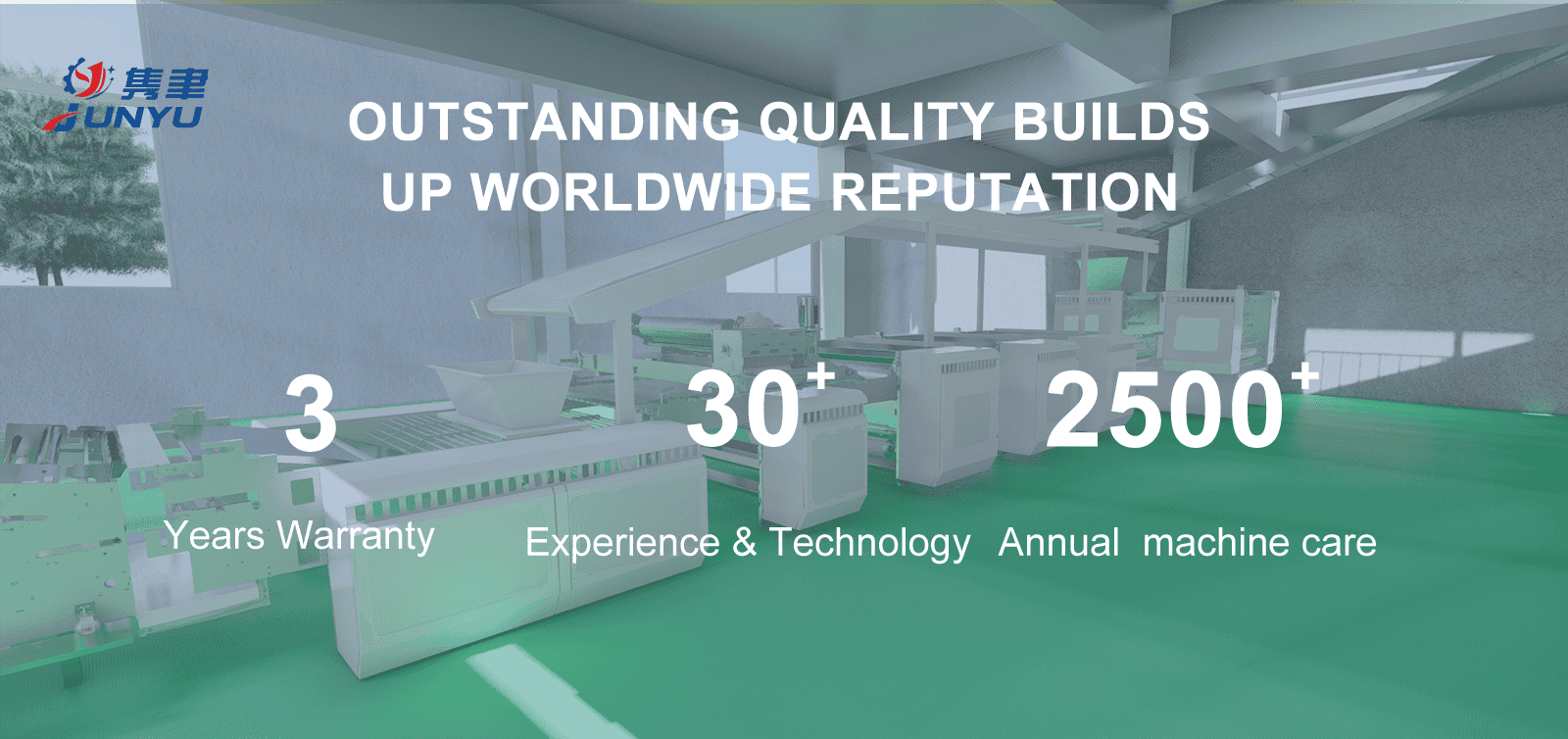Biscuit manufacturing is a complex process that involves a variety of biscuit machines.
At best, it’s an incredibly tedious task for anyone to handle for extended periods of time.
This is why most biscuit factories have developed processes to make biscuit manufacturing more efficient and less labor-intensive.
The truth is, most of the processes involved in making biscuits are not obvious.
However, once you know what to look for, it becomes clear just how much thought goes into every detail of these factories.
This article explores some interesting facts about biscuit manufacture that may surprise you!
Types of Biscuit Manufacturing
There are many types of biscuit manufacturing, based on the types of ingredients used and the length of the production process.
You can find a wide range of manufacturing types in the food industry for any type of food product.
Biscuit manufacturing falls under the category of ‘extrusion’.
Extrusion is the process of pushing granules through a device that forces the ingredients through a die, creating a specific shape and size.
There are two fundamental extrusion processes used in the production of biscuits.
One is the ‘sponged’ method, and the other is the ‘dough’ method.
Baking and Drying Processes
Biscuits require a baking process to become ‘crispy’ and to set the crumb structure.
In a biscuit production facility, the dough is first mixed with the right amount of water, leavening agents, fats, and starch.
This mixture is then kneaded, allowed to rest, and then rolled into sheets.
The dough sheets are then placed on a machine that bakes the dough.
The biscuits are often then transferred to a drying oven to allow the biscuits to become crisp.
For a crispier biscuit, the biscuits are often then transferred to a cooling oven.
The biscuits are then stored in silos or racks where they can be packed and shipped.
Production Line Activities
The next phase in the biscuit manufacturing process involves adding the main ingredients to create the biscuits.
The dough is then placed on a transfer belt, which carries the dough through a series of production lines.
The production lines are designed to mix, knead, roll, cut, and bake the biscuits.
Different production lines will have different kinds of products.
The production line could have a line for ingredients such as sugar, leavening agents, cocoa powder, and salt, and another line for flour and shortening.
After the production lines have been completed, the biscuits are then collected in silos and sent to packaging machines.
These machines fill the biscuits into boxes, bags, or containers.
The packaging machines are often controlled by a computer system.
Air Heating System
Most biscuit production processes use an air heating system.
A biscuit production facility will have a large, open room called a ‘baking room’.
In this room, there will be a large air heating system.
This system is designed to maintain the right temperature for the biscuits to bake properly.
For instance, the system may have a heating source to maintain a temperature of 95°C, with a thermostat that maintains this temperature.
The heating system will also have fans to draw in air from the room to keep it clean.
If the production line is in the baking room, the biscuits will be heated by the system, allowing the production line to be kept clean.
Cooling Tower System
For a crispier biscuit, the biscuits are often placed on a cooling system.
The cooling system may be part of a tower system.
When the production line is on the cooling system, the biscuits are placed on a conveyor belt that moves the biscuits below the main fan.
The main fan sucks in air from the room through filters, which keeps the room clean.
The filtering system also has a water sprayer to clean the air entering the fan.
The filtered air is then cooled and sent through a condenser, which allows it to be used again.
The cooled air is then sent to a heat exchanger that transfers heat from the air to water to create a chilled water stream.
The chilled water stream is then used by the production line to keep the production line cool.
Wrapping Machines
The last steps in the biscuit manufacturing process are the packaging, wrapping, and labeling machines.
These machines wrap biscuits into boxes or bags and apply labels.
These are often automated machines that are controlled by computer systems.
Final Product Inspection and Packaging
After the production process is complete, the biscuits will be transferred from the production line to a final product inspection machine.
The biscuits will then be transferred from the production line to a packaging machine.
The packaging machine will fill the biscuits into boxes or bags and apply labels.
The packaged biscuits are then transferred from the packaging machine to a silo where they can be stored and shipped.
Summary
Biscuits are one of the most popular baked goods in the world.
Every culture has its own take on what makes a good biscuit, but the ingredients are usually the same: flour, water, and leavening agents.
In fact, the term ‘biscuit’ itself comes from the French word meaning ‘twice-cooked food’.
Biscuits can be made from a variety of ingredients, such as wheat flour, cornmeal, oats, and rice.
Biscuit manufacturing is a complex process that involves a variety of machines.












